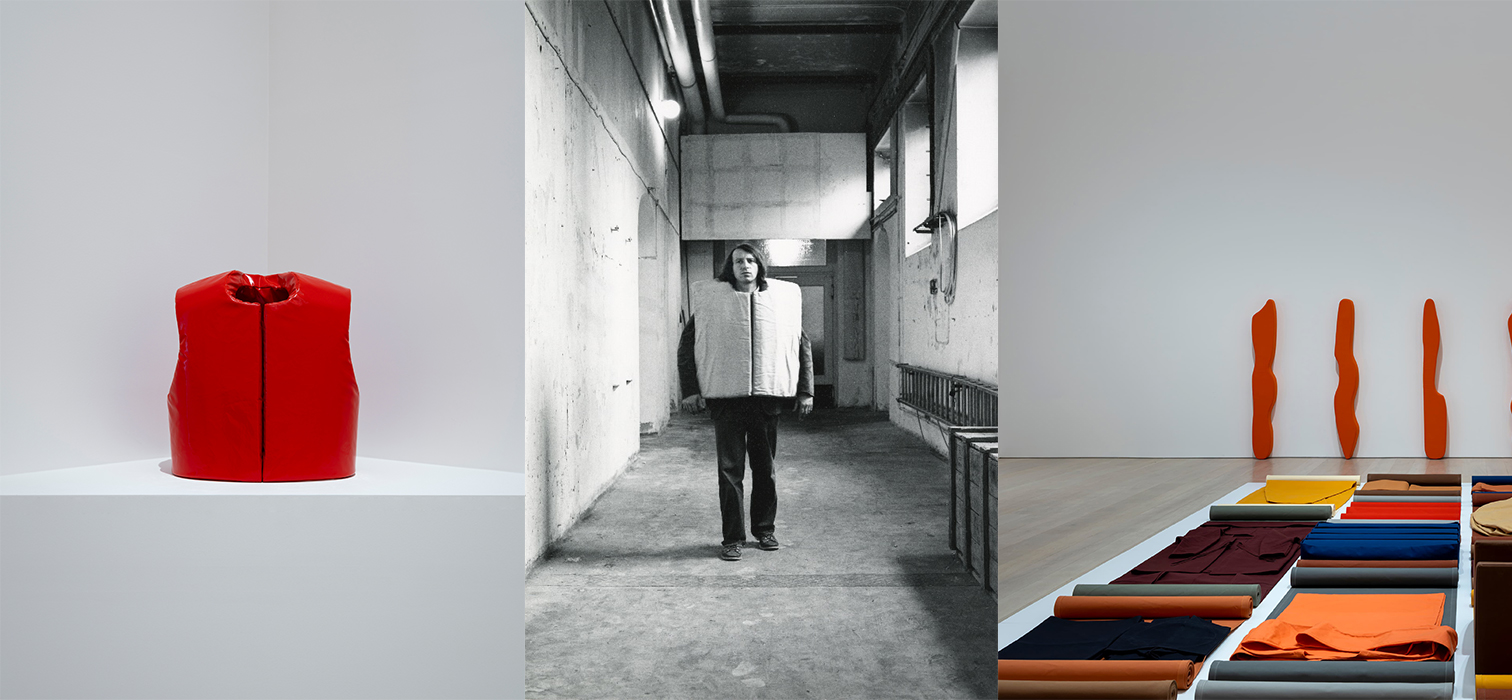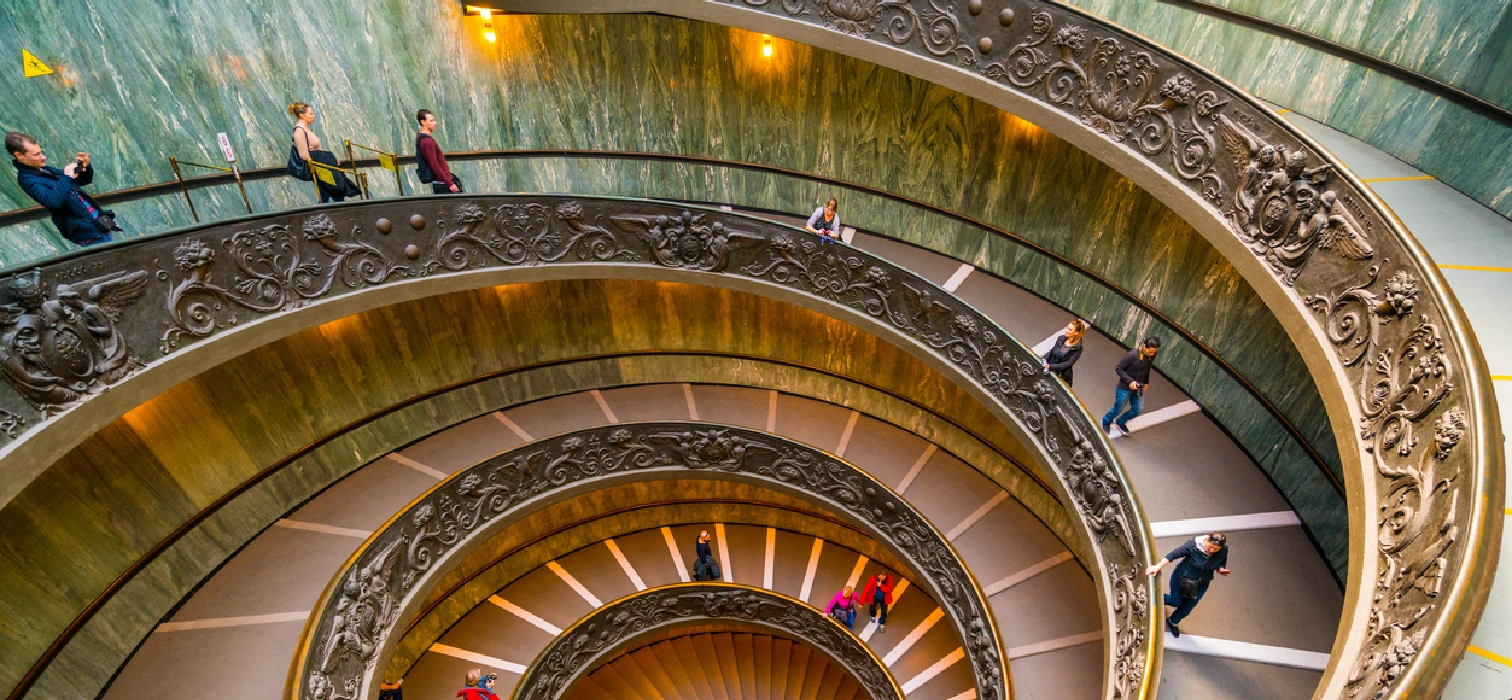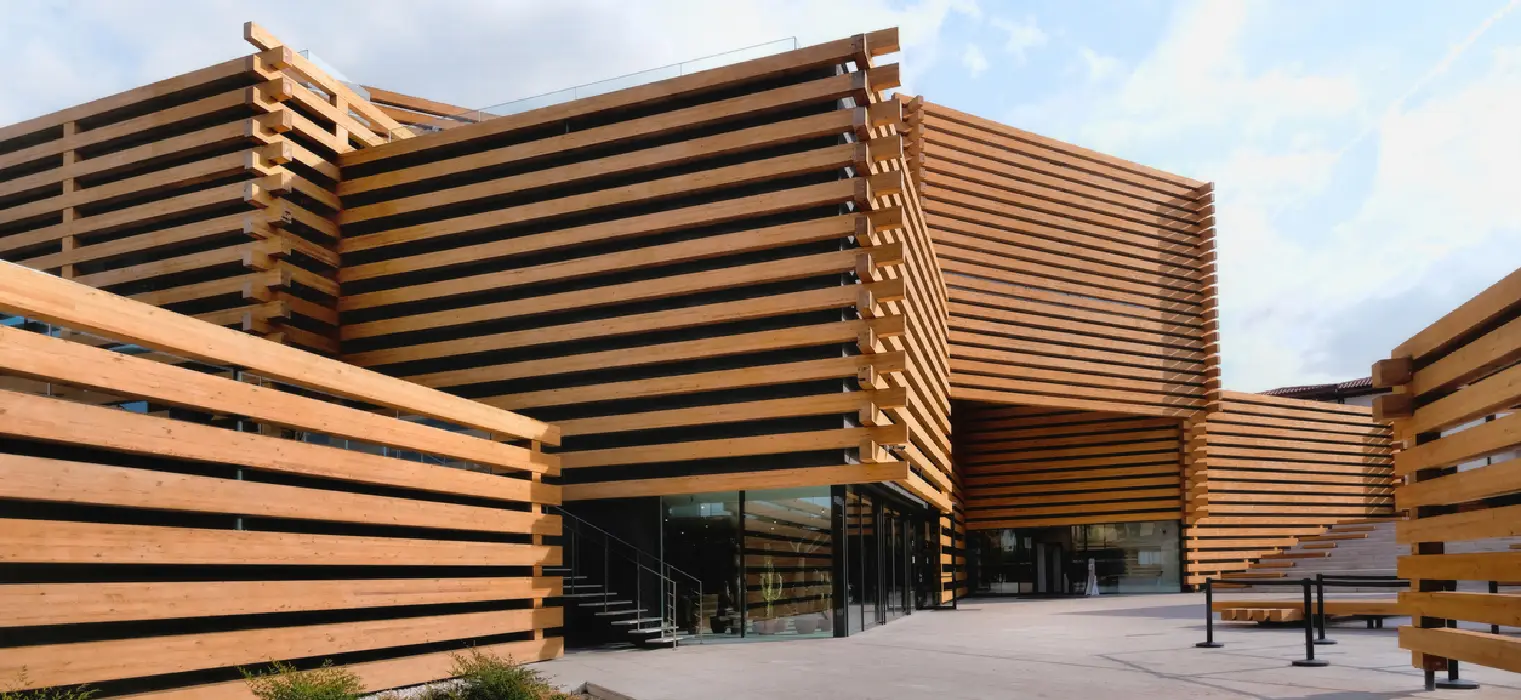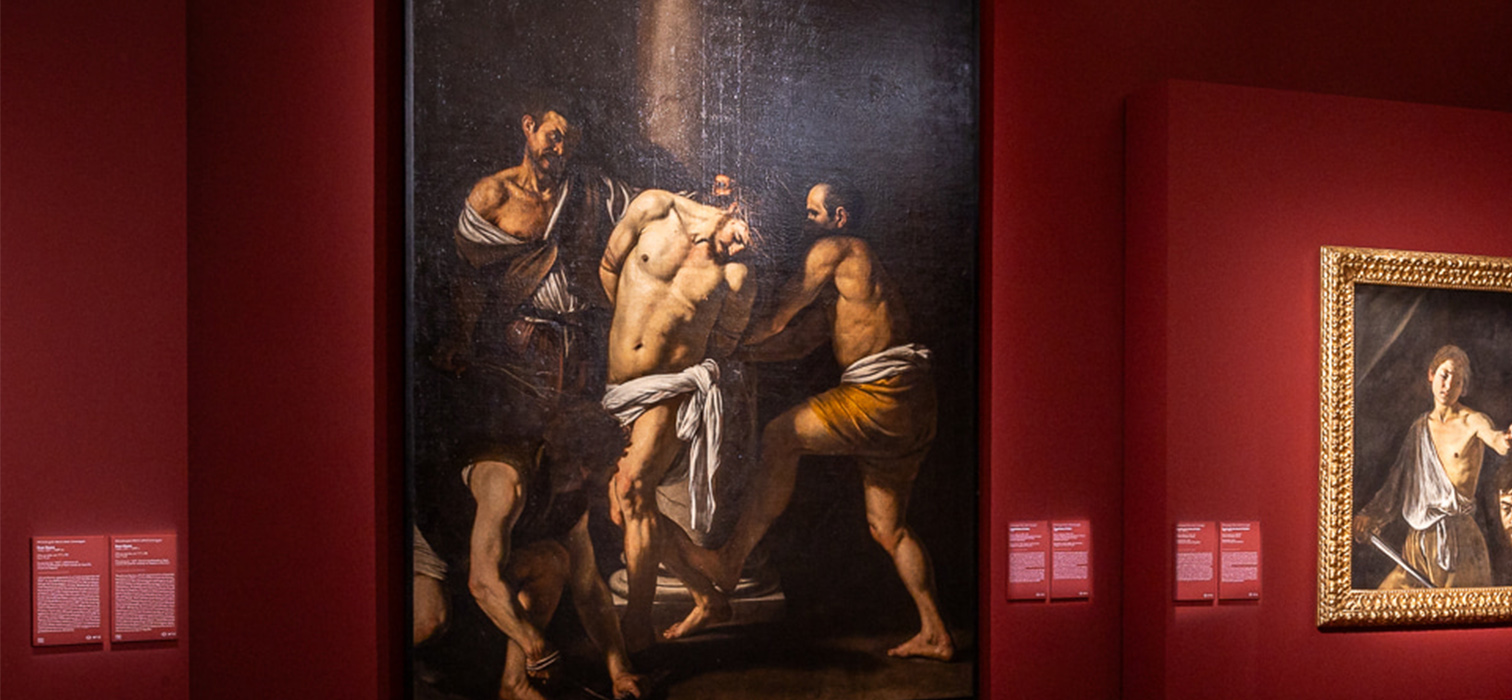
Arter welcomes visitors to become part of the art itself with Franz Erhard Walther’s exhibition, “Attempt to be a Sculpture”.
Marking the first comprehensive solo exhibition of the pioneering German artist in Turkey, Arter presents “Attempt to be a Sculpture”—a show rooted in Walther’s 1958 work of the same name. The exhibition explores the intricate relationships between body, action, and sculpture, central to the artist’s decades-long practice. Curated by Selen Ansen, the exhibition showcases Walther’s works dating back to the 1960s, spanning paper, print, paint, and fabric, across Arter’s 3rd and 4th floor galleries. Far beyond conventional notions of sculpture, “Attempt to be a Sculpture” invites visitors to engage with art through bodily action and imagination. From the moment you step into Arter, it becomes clear—this is more than just an exhibition; it is an experience. Where does sculpture begin, and where does the body end?

Does the artwork belong to the artist?
As British art historian and critic Claire Bishop notes in her book Artificial Hells: Participatory Art and the Politics of the Audience, “When a work of art invites the viewer to participate physically and mentally in its completion, it no longer belongs solely to the artist; the presence of the viewer is part of the work.” This idea takes on even greater significance in exhibitions like Franz Erhard Walther’s “Attempt to be a Sculpture.”

Walther began his artistic journey in Fulda, Germany, in the late 1950s, developing a practice rooted in radical openness at the crossroads of minimalism and conceptual art. A Golden Lion winner at the 2017 Venice Biennale, his works have been showcased in prestigious institutions such as The Museum of Modern Art (MoMA), Museo Reina Sofía, Museum Ludwig, and the Stedelijk Van Abbemuseum. His first comprehensive solo exhibition in Turkey has been made possible through a collaboration with the Franz Erhard Walther Foundation.

Walther and the Fabric of Art
Fabric holds a unique significance in Walther’s work. Its flexibility, permeability, and skin-like texture made it an ideal material for his explorations. His interest in fabric may have been influenced by his wife, a textile engineer, yet his fabric-based works were initially misunderstood—even among European artists. In an interview, Walther recalls Joseph Beuys, a key figure of the Fluxus movement, dismissing his work with a remark: “Walther is studying tailoring.” This statement underscored an irony—while conceptual artists of the era rejected traditional craftsmanship, Walther’s approach was seen as too close to it. However, rather than being limited by this perception, Walther pushed his practice further, transforming it into something even more innovative, daring, and meaningful.

For Franz Erhard Walther, sculpture has never been a fixed, completed form. His work takes on even greater relevance in today’s world, where people are in a constant search for identity, striving to make sense of their individuality. His sculptures act as a mirror, reflecting our personal quest for meaning in modern society. Two core concepts in Walther’s work—“preservation form” (Lagerform) and “action form” (Handlungsform)—symbolize this tension between passivity and action. The preservation form represents waiting, hesitation, and the internal search for meaning, while the action form embodies the desire to move forward, to define life, to affirm one’s existence.
As you move through the exhibition, you witness Walther’s evolution into a more daring artist. His early paper-based works, such as Contour Drawings and Word Paintings, pillow forms that use air as a material, and Hand Objects from the 1960s, gradually lead into later pieces like Layer Drawings, Paths of Action, and Wall Formations—where architecture and human proportions intersect in unexpected ways.

One of the most striking sections is the “First Group of Works,” initially exhibited at MoMA in 1969. What makes these works remarkable is their transformative nature—they shift from a passive state to an active one, engaging the viewer as an essential part of their meaning.
Here, it is fitting to recall the words of French philosopher Jacques Rancière in The Emancipated Spectator: “The spectator is not only an observer of the work, but also a participant, a creator, and a producer of meaning.” Even if we are not the artist, we can still feel connected—through the act of trying to understand.
The final section of the exhibition, “Stardust,” offers an intimate glimpse into Walther’s personal world, where his memories and thoughts intertwine with time and space. Curator Selen Ansen’s approach—previously seen in exhibitions like “Bergama Stereotype” and “Words So Unneccesary”—introduces a non-chronological, fluid, and boldroute, adding a fresh perspective to this artistic journey.

Attempt to be a Sculpture is more than an exhibition—it is a living, breathing experience that transforms with each visitor’s participation. Just like Walther’s art, it remains open-ended, unfinished, and constantly in motion.

The exhibition runs until October 5, 2025, and is free for visitors under 24. Don’t miss the chance to take part in this ever-evolving artistic dialogue at Arter.



